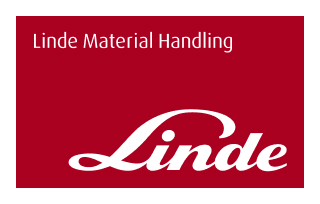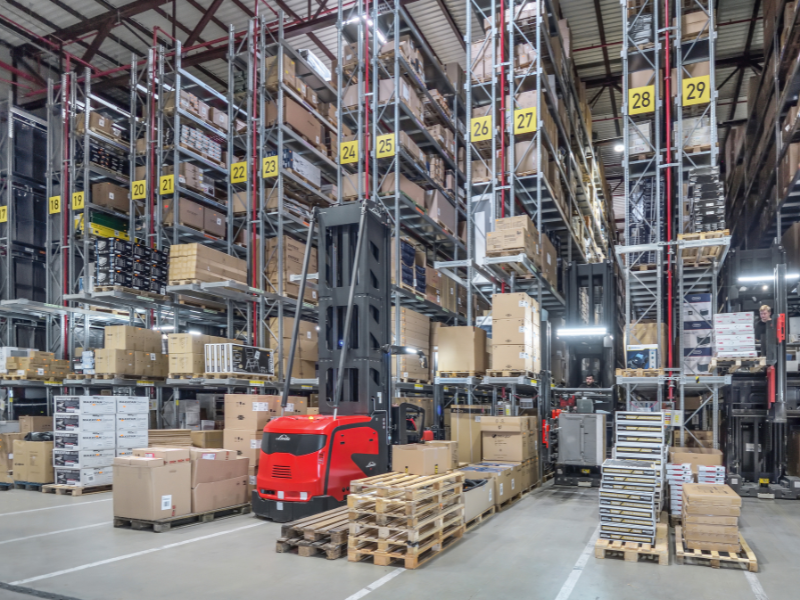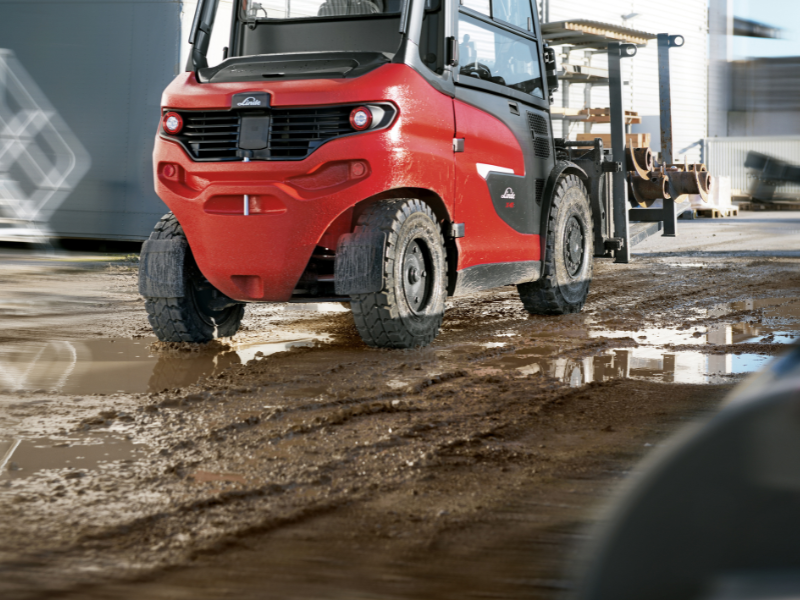- Blog
- General


Forklifts are predominantly deployed in warehouses, factories and retail environments, but increasingly, they are being used for specialised applications. Operating in narrow spaces, with high racking or in outdoor settings can present unique safety challenges.
In general, these applications require specialised machines designed for the particular use cases, but they also involve operational differences which may require bespoke training.
Here are some of the requirements:
Aisles in warehouses in particular are becoming narrower as organisations attempt to improve productivity by packing more stock into the smallest possible footprint.
To operate in more confined spaces, forklifts need to be smaller and more manoeuvrable, with clear lines of sight for the operator.
Models like Linde’s A Series 5224 Very Narrow Aisle Truck, designed specifically to operate in narrow aisles, provide optimum visibility both forwards and backwards.
Where forklifts usually lower their loads while travelling, these machines are designed to carry raised loads, and can be programmed to prevent accidental lifting or lowering during operation.
A number of additional safety solutions are available for these machines, including Linde’s Aisle Safety Assistant, which uses RFID tags or barcodes to determine the machines’ horizontal position in the aisle, and then reacts to uneven floors or obstacles on the rack or ceiling, and adjusts the lift height and speed accordingly.
Regardless of the onboard safety equipment, it is essential that aisles and pathways are kept free of obstructions and designated travel routes are set out to reduce collision risks.

While aisles are getting narrower, racking is also getting higher to maximise storage capacity. The higher reach requirement has led to the development of specialised machines designed for elevated work. In addition to scissor lifts or boom lifts, there are also a variety of high-reach narrow-aisle machines, including Linde’s innovative K series man-up turret truck.
Like the A Series machines mentioned previously, the K truck can move and lift at the same time, enabling high turnaround capacity for order picking and handling processes in high-rack warehouses.
Linde has incorporated a number of unique safety measures to protect the operator while elevated for picking.
For example, sensors ensure that the operator is making contact with three points before the machine can be moved.
Mandatory fall protection measures include guardrails. Linde’s models also monitor side gates to ensure they are closed when the platform height exceeds 1.2 metres.
An optional personnel protection system continuously scans the aisle and stops the truck if people are in the vicinity.
Besides the right equipment and adequate safety measures, operating forklifts at height also requires specialist training, including understanding how to stabilise loads during elevation.
Forklifts are regularly used outdoors, in applications like manufacturing, construction and in ports. In the past, the combination of larger loads, uneven surfaces and adverse weather precluded electric forklifts from outdoor operations, but advances mean fleet managers are no longer limited to diesel or LPG forklifts. This is good news for those who already have other electric machines and want a unified fleet.
Regardless of the power source, outdoor operations do require particular safety measures, including monitoring of weather conditions, as rain, snow, winds and even extreme heat can affect forklift handling and stability as well as operator wellbeing.
Terrain is another significant safety factor, with operators needing to take account of uneven surfaces, poor traction or inclines that can affect stability.
As with all forklift operations, pedestrian awareness should be a priority outside as much as inside. Experts recommend separation of machines and pedestrian traffic through designated walkways. Linde machines have a range of available options to assist in keeping pedestrians and machines separated, including reverse and 360-degree cameras, motion detection and pedestrian warning systems.

Special machines are often required to safely move goods in narrow spaces, at height and outdoors. Allan Spackman, Technical Manager - Warehousing Solutions at Linde Material Handling Australia, notes that Linde has machines specific to almost any application, thanks to its vast range.
“We have off-the-shelf machines specifically designed to perform each application as safely as possible, while maintaining optimum productivity. Where an application is so unusual that our off-the-shelf models may require further adaptation, we will liaise with the factory regarding the eccentricities of the application and can usually offer a customised solution specifically suited to the application,” he adds.
Like any manned industrial equipment, the use of forklifts for special applications requires careful planning and adherence to safety protocols.
Organisations can mitigate risks and ensure the safety of operators, bystanders, infrastructure and goods by prioritising visibility, training and environmental awareness. And, of course, safety is not ‘set and forget’: regular safety audits and operator training are vital for ensuring safe workplaces.
Keep up to date with the latest in material handling safety and innovation by visiting our Content Hub and subscribing to our quarterly newsletter. And for the latest news and updates on all things Linde, follow us on LinkedIn.
VISIT CONTENT HUB